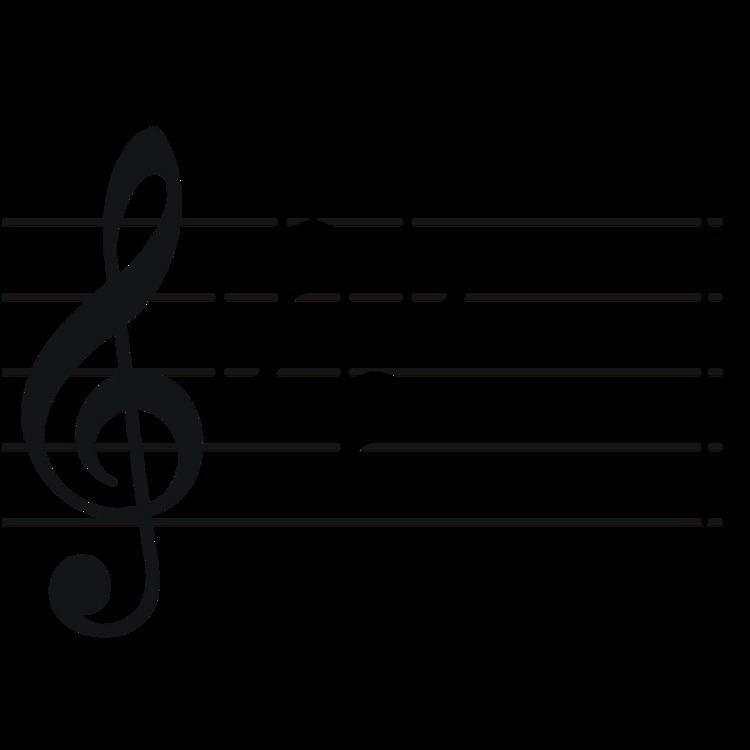Relative key A♭ major | Subdominant B♭ minor | |
 | ||
F minor is a minor scale based on F, consisting of the pitches F, G, A♭, B♭, C, D♭, and E♭. The harmonic minor raises the E♭ to E♮. Its key signature has four flats.
Contents
Its relative major is A-flat major, and its parallel major is F major.
Two famous pieces in the key of F minor are Beethoven's Appassionata Sonata, and Haydn's Symphony No. 49 in F minor, La Passione.
Glenn Gould once said if he could be any key, he would be F minor, because "it's rather dour, halfway between complex and stable, between upright and lascivious, between gray and highly tinted...There is a certain obliqueness."
Helmholtz once described F minor as harrowing and melancholy. Schubart described this key as "Deep depression, funereal lament, groans of misery and longing for the grave".
Notable compositions
E-sharp minor
E-sharp minor is a theoretical key based on the musical note E-sharp (E♯) and consisting of the pitches E♯, F, G♯, A♯, B♯, C♯ and D♯. In the harmonic minor, the D♯ is raised to D. Its key signature has six sharps and one double sharp.
Its relative major is G♯ major, usually replaced by A♭ major, while its parallel major is E♯ major, usually replaced by F major, due to the presence of 4 double-sharps in the E♯ major scale causing it to be one of the more impractical key signatures in music to use. Although E♯ minor is usually notated as F minor, it could be used on a local level, such as a brief passage in Johann Sebastian Bach's The Well-Tempered Clavier, Book 1, Prelude and Fugue No. 3 in C-sharp major. (E♯ minor is the mediant minor key of C♯ major.)
